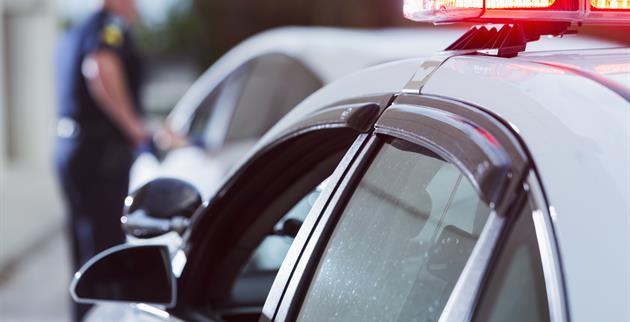The Do’s and Don’ts of Getting Pulled Over


Knowing what you should and shouldn’t do during a traffic stop will help make your interaction with the officer who pulled you over pleasant, but more importantly – safe.
Drivers new and old can forget the rules of the road. Review these do’s and don’ts and be sure to share with your teen driver!
While most people can operate normally during routine traffic stops, some of us get nervous and aren’t sure how to handle getting pulled over. To help with this, Preferred Mutual has compiled information about what to do (or not do)
when pulled over to help prepare you and your teen if there’s a next time – But don’t get pulled over just to practice these new skills!
Do’s
Safely pull over when you see police car lights flashing behind you.
There are instances when the lights aren’t for you. However, the moment you see flashing lights or sirens, the best thing you can do is begin to pull over. If you’re in a lane that isn’t close to the right shoulder
of the road or close to a safe place to do so, slow down and use your signals to let the officer know you’re trying to pull over, and get to the right shoulder when you can.
If the police are indeed pulling you over, they will try to get behind you to warn other vehicles that you’re about to stop.
Turn your engine off, engage your hazard flashers, roll your window down and place your hands on the steering wheel.
After you’ve come to a safe and complete stop, the best thing to do is shut off your engine, engage your hazard flashers and roll your window down. This will help the officer feel safe during the stop. And yes, officers use caution when approaching a vehicle,
so don’t be alarmed if they approach slowly. Make sure to keep your hands on the steering wheel, as well.
Keep your license and vehicle information in a handy location.
Often during a traffic stop, the officer will ask for your driver’s license, proof of insurance and vehicle registration. Once you have safely pulled over, you may want to gather those documents in advance– then place your hands
on the steering wheel or in plain sight of the officer taking your information.
If you’ve been pulled over at night, turn your interior lights on.
This ensures the officer can see you and your passengers. Be respectful, courteous and oblige them while you’re speaking with them, too.
Don’ts
Do not get out of your vehicle unless they ask you to do so.
Police officers face unknown dangers during every traffic stop, so to ensure a pleasant exchange (even if they do still issue a ticket or summons), remain seated and calm unless they specifically ask you to open the door and step out of the car.
Do not sound hostile.
When talking to an officer, you may be nervous or upset about the traffic stop. Generally, it is best to let the officer do the talking and be respectful when answering questions.
Knowing what you should and shouldn’t do during a traffic stop will help make your interaction with the officer who pulled you over pleasant, but more importantly – safe.
This information is intended for educational purposes only and is not legal advice and/or an authoritative guide.